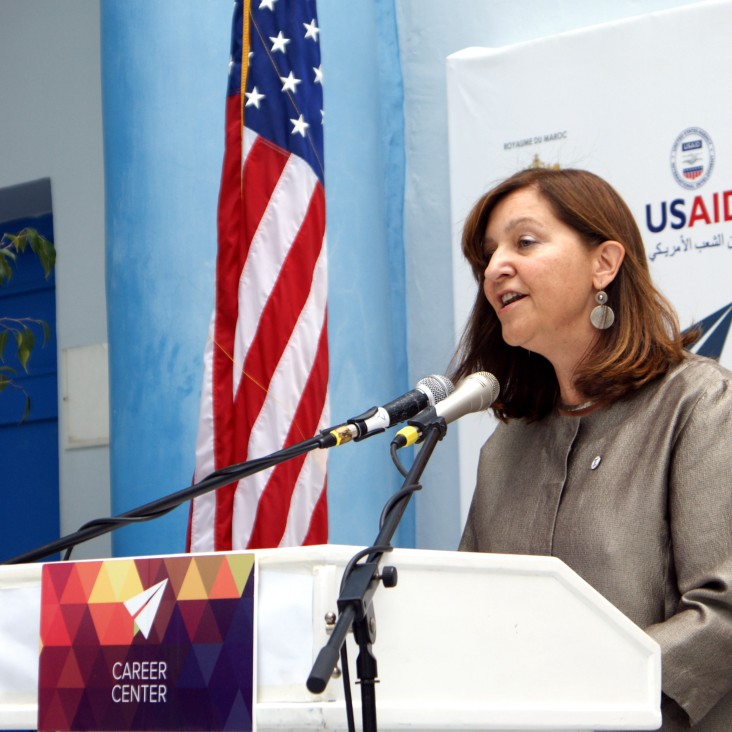
On April 2, 1957, the United States and Morocco signed an agreement in which the United States undertook to provide Morocco with a program of economic and technical assistance. Since then, the American people, through USAID, have invested in the human, economic and institutional development of Morocco. Over the past 50 years, the U.S. government has invested over $2 billion in Morocco.
Early USAID programs focused on infrastructure and the training of more than 4,000 Moroccan professionals. Later programs supported the improvement of social services provision. The most notable successes have come in agriculture and agribusiness, health, primary education, housing and urban development, microfinance, and water management.
In the 1960s, USAID helped construct dams and water systems that made thousands of hectares of semi-arid wasteland available for productive use and improved the livelihoods of thousands of people.
Morocco experienced improvements in public health, particularly in family planning and reproductive health between 1979 and 1997, in part as a result of USAID’s work. During those years, the number of children born per woman dropped from 7 to 3; the infant mortality rate decreased by 67 percent and the rate of maternal mortality during childbirth dropped by 47 percent.
In the 1990s, USAID helped create thousands of new jobs for unskilled and semiskilled workers, about 80 percent of whom were women. To stimulate economic growth, USAID also supported the creation of microcredit institutions to provide capital to hundreds of thousands of small business owners and their families.
In the early 2000s, USAID continued to support improvements in economic governance, labor productivity, and water efficiency through activities designed to leverage public and private sector resources and spur broad-based growth. USAID was focused on improving the capacity of teachers and school administrators to provide better learning environments for students. USAID also supported efforts to improve citizen participation and government responsiveness, transparency and accountability at the national and local level.
Today, Morocco remains a stable Monarchy and a vital ally to the United States. The Government of Morocco and its citizens show clear commitment to democratic change and are working towards enhanced citizen participation in achieving greater social and economic opportunity for all citizens through targeted and progressive reforms.
Our partnership continues as Morocco moves forward on key initiatives to improve the lives of its people and promote a peaceful process of democratic reform.








Comment
Make a general inquiry or suggest an improvement.